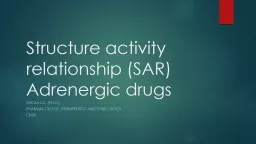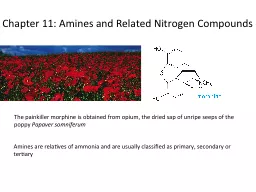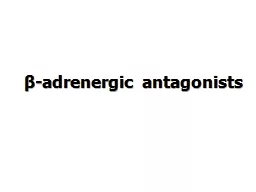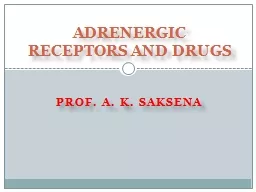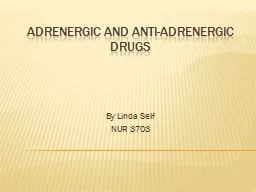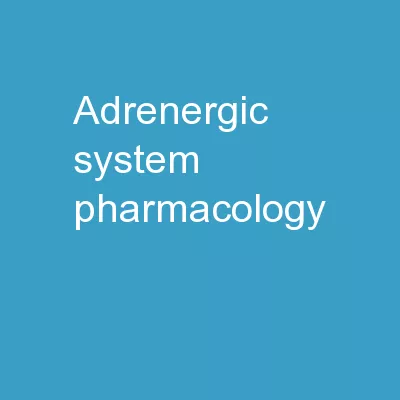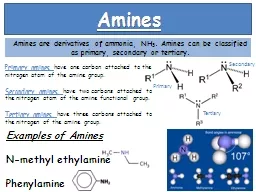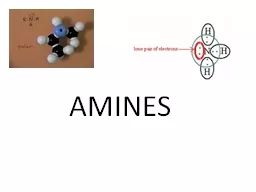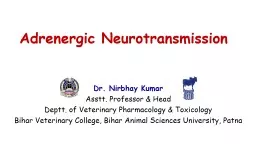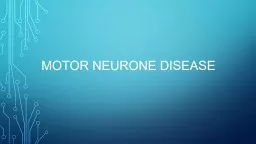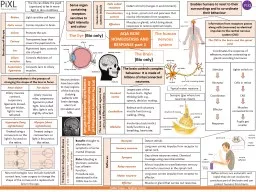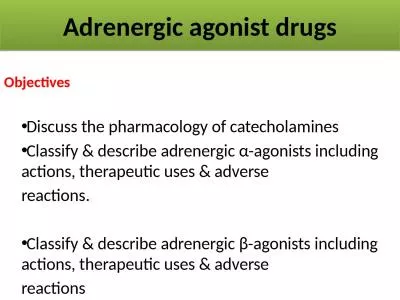PPT-Structure activity relationship (SAR)of sympathomimetic amines, Adrenergic antagonist
Author : stefany-barnette | Published Date : 2019-12-31
Structure activity relationship SARof sympathomimetic amines Adrenergic antagonist and Neurone blockers Dr ISHOLA IO PHARMACOLOGY THERAPEUTICS AND TOXICOLOGY CMUL
Presentation Embed Code
Download Presentation
Download Presentation The PPT/PDF document "Structure activity relationship (SAR)of ..." is the property of its rightful owner. Permission is granted to download and print the materials on this website for personal, non-commercial use only, and to display it on your personal computer provided you do not modify the materials and that you retain all copyright notices contained in the materials. By downloading content from our website, you accept the terms of this agreement.
Structure activity relationship (SAR)of sympathomimetic amines, Adrenergic antagonist: Transcript
Download Rules Of Document
"Structure activity relationship (SAR)of sympathomimetic amines, Adrenergic antagonist"The content belongs to its owner. You may download and print it for personal use, without modification, and keep all copyright notices. By downloading, you agree to these terms.
Related Documents

